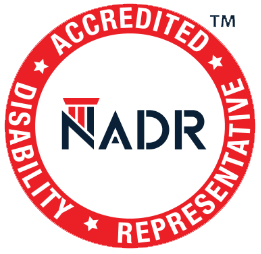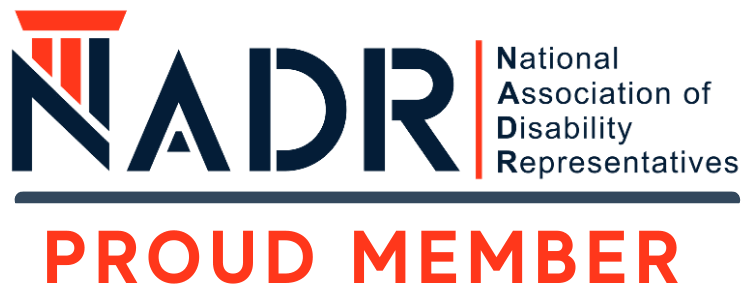Can You Qualify for SSDI and SSI Benefits?
Recent studies on disability show that one in four people will develop a disability before turning 67. If you cannot work due to a disability, you likely suffer from a loss of income. You may even be displaced or facing homelessness. Fortunately, the Social Security Administration (SSA) provides two financial assistance programs for qualifying disabled individuals. While you can receive SSDI and SSI benefits at the same time, it’s important to know the differences between the two programs. Continue reading to learn how to qualify for SSDI and SSI benefits and how to apply.
What is the Difference Between SSI and SSDI?
Social Security Disability Insurance (SSDI) provides financial assistance to qualifying disabled individuals. In order to qualify, beneficiaries must meet the definition of a disability, work requirements through previous employment, and have previously paid enough Social Security taxes.
Social Security Income (SSI) offers monetary assistance to low-income disabled, blind, and elderly individuals. If you are disabled and have a low income, you may be able to receive both SSI and SSDI at the same time. Qualifying for both programs is known as being “concurrent.”
How to Qualify for Disability Benefits
To qualify for SSDI, you must meet specific eligibility requirements, including the following:
- You must meet the Social Security Administration’s definition of disability.
- You must have worked long enough and paid enough Social Security taxes.
- Keep in mind, you need to be a U.S. citizen or have a qualifying non-citizen status.
If you are disabled, you may also be eligible to receive SSI benefits depending upon your income. To qualify for SSI, you will need to meet the following qualifications:
- You must be at least 65 years of age, blind, or disabled.
- You must not exceed the income limits.
- Keep in mind, you must not exceed the resource limits.
- The applicant must be a U.S. citizen or have a qualifying non-citizen status.
If you are unsure if you qualify for benefits, you can utilize the Benefits Eligibility Screening Tool (BEST). Using this tool can help you determine if you meet the eligibility requirements of either program. However, the only way to know if you are eligible with absolute certainty is to go through the application process.
How to Apply for SSDI and SSI Disability Benefits
You can apply for SSI or SSDI in several ways. The easiest way to apply is by completing an online application through the SSA website. After submitting an online form, the Social Security Administration will contact you regarding any additional information or documentation that is needed to process your application.
Alternatively, you can apply for benefits by scheduling an appointment with your local Social Security office. Please make an appointment by contacting your local office or the SSA during regular business hours.
Get Help With the Application Process
The application process for SSDI and SSI disability benefits takes between three and five months. If you are denied benefits and decide to proceed through the appeal process, your benefits may be delayed.
Disability Support Services can help you get the benefits that you qualify for. Your case will receive the personal attention that it deserves throughout each step of the application process. The best part? Our team does not receive payment until you do. That means you will have a team of dedicated specialists that fight for you. For more information, contact DSS today.




